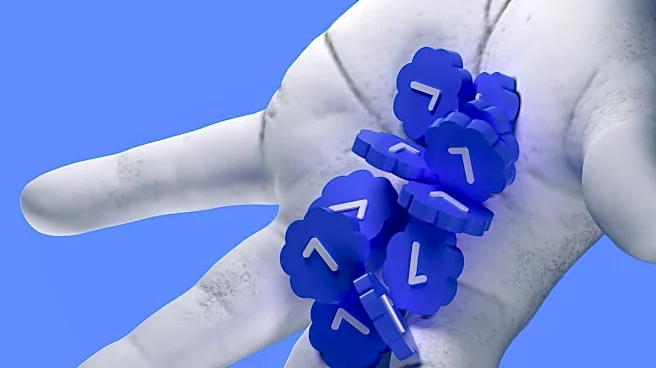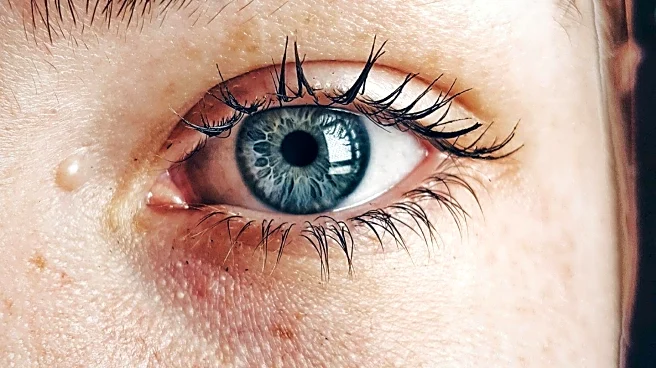What's Happening?
Annovis Bio, Inc., a company focused on developing therapies for neurodegenerative diseases, has published a study in the journal Biomolecules detailing the pharmacokinetic profile of a new crystal form of their drug buntanetap. This new dihydrate crystal form, which incorporates two moles of water, offers greater stability compared to the original anhydrous form used in previous studies. The research highlights that the new form maintains the pharmacokinetic properties essential for the drug's efficacy, such as absorption and clearance, when administered orally. This development is significant as it validates the use of the new crystal form in ongoing clinical trials, including a pivotal Phase 3 trial for early Alzheimer's disease. The study also extends the intellectual property protection of buntanetap into the 2040s.
Why It's Important?
The publication of this study is crucial as it reinforces the potential of buntanetap in treating neurodegenerative diseases like Alzheimer's and Parkinson's. By ensuring the drug's stability and efficacy, Annovis Bio can continue its clinical trials with confidence, potentially leading to new treatment options for these debilitating conditions. The extended intellectual property protection also provides a competitive edge, allowing the company to secure its market position and attract further investment. This development could have significant implications for patients, healthcare providers, and the pharmaceutical industry, as it represents a step forward in addressing unmet medical needs in neurodegeneration.
What's Next?
Annovis Bio is currently enrolling participants for its Phase 3 clinical trial of the new crystal form of buntanetap in early Alzheimer's patients across the U.S. The trial aims to provide symptomatic and disease-modifying readouts by Fall 2026 and Fall 2027, respectively. The company will continue to focus on rigorous analysis to ensure the drug's beneficial outcomes for patients. As the trial progresses, stakeholders, including investors and the medical community, will be closely monitoring the results, which could influence future research directions and treatment strategies in neurodegenerative diseases.











